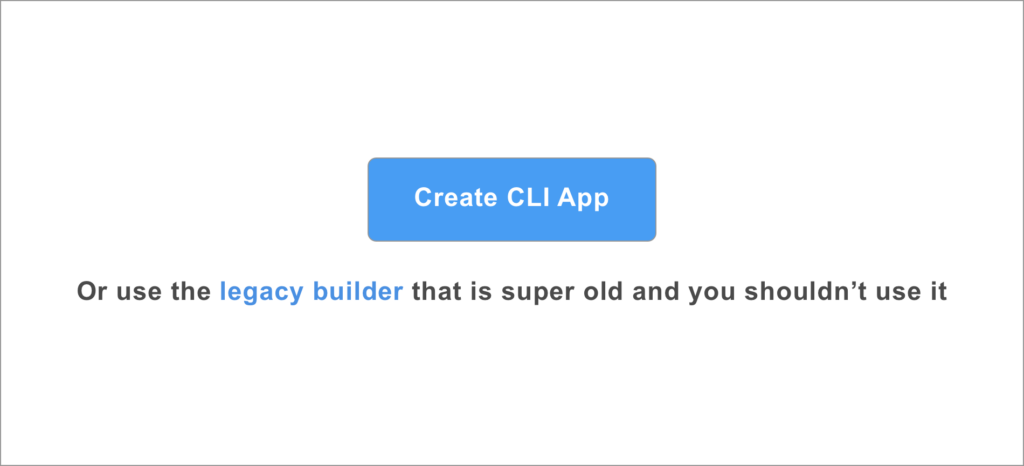Use data to build a community experience aligned to developer motivations.
As a community builder, you likely already spend time with analytics. You use it to track traffic attribution or product performance. It can also help you attract the right developers to your product community, which I go over in my book, Developer Marketing Does Not Exist—and maybe even discover more about who they are.
To accomplish this, you can channel your inner FBI behavioral science agent to get inside your potential developers’ heads.
If you can understand what current developers want, you can show them how to achieve it. That makes it easier to catch the attention of new developers with the same needs.
There are many user research methods, including observation and interviews, but sometimes you have all the data you need if you just know where to look.
Become a Community Detective
Leave it to a popular Netflix psychological crime series to demonstrate how to find your developers. Mindhunter tells the story of two FBI agents in the late 1970s as they interview serial criminals to get in their mind and understand their psychology.
Their theory? Look at criminals’ past actions to predict the future actions of others. And for the most part, this turned out to be true.
A few interviews to lay the groundwork can be helpful. After all, conversations are the number one go-to strategy for community building. Indeed, Mindhunter uses 1:1 interviews with serial criminals to understand past actions. Of course, your developers are not criminals—but many of their actions are stored in your analytics tools.
When I go mindhunting, I first look to existing systems for untapped developer data, like:
- Google Analytics or other web analysis tools
- GitHub repositories
- Package managers and SDKs
These tools, and many more, already hold the answers to who your developers are and, most importantly, what they—and future developers—want.
You can continue to make assumptions, and by all means, listen to what developers tell you. But validate both of these by the loudest message they can send: their actions. That’s how we found an invisible audience within the Zapier Platform product.
How the Zapier Platform Found Its Users
Zapier helps thousands of people move information between their web apps automatically. While Zapier itself has a broad audience, the platform that enables it requires technical skills. In order to expose an app on Zapier, someone needs to connect an API, which usually involves a developer.

Before I joined Zapier, the team built a command line interface (CLI) based on what our deepest integrators wanted. It provided the power to build integrations that made apps available on Zapier. And the CLI meant that developers could work from the same place they build their other software.
Yet very few clicked the link to try out the new platform. We assumed it was too subtle, so we made it a button.

When that still did not get the majority of the clicks, we made it the primary button.

Finally, we reversed the original options and the developer UI looked something like this:

That is not an exact screenshot, but the point is this: now more users clicked that subtle little link than the big blue button. Significantly more.
That data backed up stories we heard in a handful of interviews with our “developers:” we are not developers, so do not give us developer tools.
Even well-informed assumptions can be wrong. What reality is hiding within your analytics?
Find Your Developer Motivations with Data
It is notable that the FBI psychologists in Mindhunter originally were instructors. Both teachers and students must be curious and look out for cues. You can use the same approach to find developer motivations.
As the Zapier CLI story shows, you likely already have a lot of data. Start with your existing systems and look out for the developer actions they have captured. For example, it might be as simple as what items in your global navigation get the most clicks. Or, perhaps you have pages for multiple personas—what is the traffic pattern to and from those?
Often we think about referring pages when it comes to conversions and attributions. What about instead using a navigation path to imply developer motivation? Once you start, you will begin mindhunting everywhere you store developer data.
Not everything will be meaningful, but you can collect additional data when you:
- Update products
- Change content
- Introduce new features
As you review, look for the actions. Go mindhunting in the data, so you can predict what is needed to provide a community experience that meets developer motivations.
And if you need a Bill Tench co-detective to your Holden Ford, we’re ready to help you investigate.
This post was originally published in the inaugural issue of Gravity, a new magazine about community engagement from Orbit.
